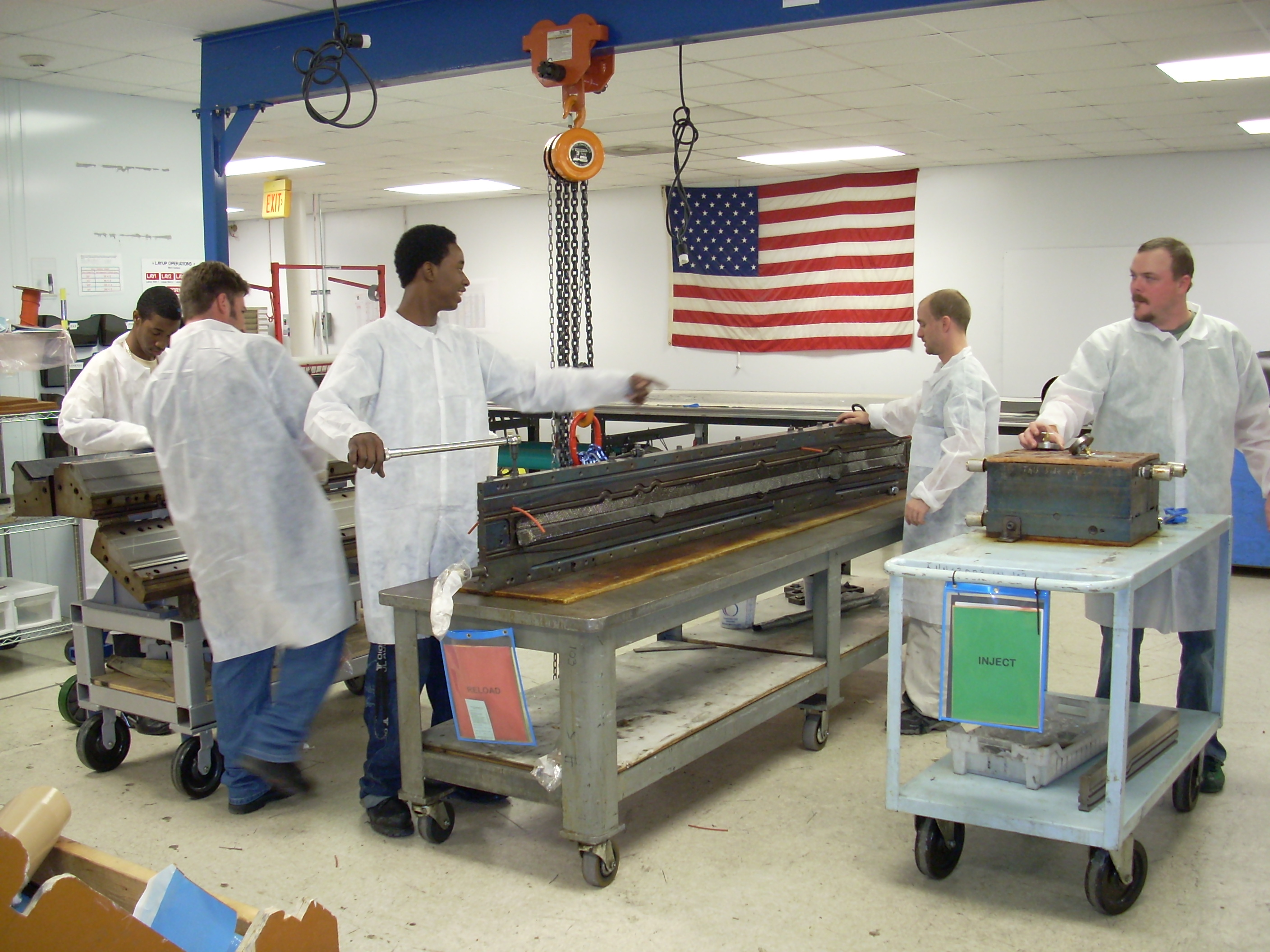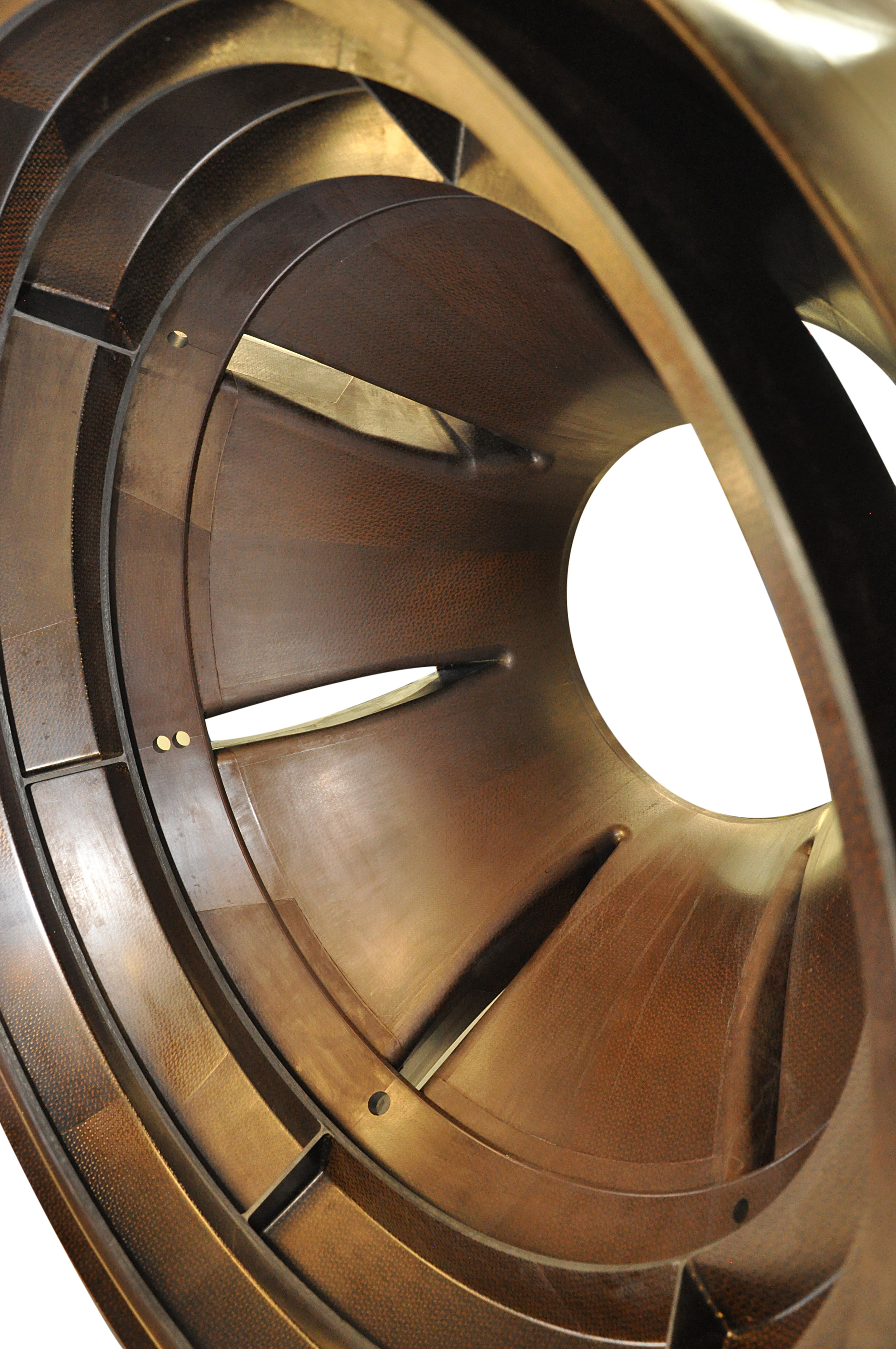Ingenuity in the material mix

With its broad range of composite manufacturing services, Florida-based Matrix Composites has been pioneering the production of aerospace composite parts for three decades, and looks well primed to progress the next set of advances. Ed Hill finds out more.
The aerospace sector was an early adopter of composite materials. The strength, weight, and corrosion resistance properties they offer were soon recognised by aircraft builders as providing substantial advancements towards more fuel efficient, comfortable and long-lived aircraft.
Furthermore, over the years faster, more accurate, and repeatable production methods have been introduced which have greatly aided the adoption of composites across the industry. However, up until recently examples such as carbon fibre, have largely been confined to structural – and when it comes to engines – less critical aspects of aircraft. One company that has progressed composites being used more widely in the aircraft material mix through its manufacturing advances is Matrix Composites.

Now part of ITT – a large industrial corporation that also includes: ITT Aerospace Controls (actuators, switches, fluid control devices and environmental control systems); Cannon (electrical connectors including aerospace applications) and Enidine (shock absorption and vibration isolation solutions), Matrix has been pioneering composite production techniques, particularly resin transfer moulding (RTM), infusion processes and trapped rubber moulding, for aerospace, defence, and space-related applications since its inception in 1993.
Both Nadcap ISO9001:2015 and AS9100D certified, Matrix is also recognised as a Lockheed Martin STAR level supplier, the highest rating available, and supplies components for many of the most established global aero engine OEMs, airframers and composite part customers.
Pioneering pressure
A distinct production technology it has pioneered is Hot Isostatic Resin Pressure Moulding (HIRPM), an ultra-precise closed mould, out of autoclave process, developed specifically for manufacturing parts with critical edges and control surfaces. HIRPM is a highly accurate and repeatable process that provides faster production, superior laminated parts within 0.003” (0.0762mm) tolerances, a void content of less than 0.5%, that requires less post-process machining, significantly reducing production costs.
“ITT acquired Matrix in 2019,” states William Zmyndak, vice-president and general manager, ITT Aerospace Control Technologies. “Its speciality is the design and manufacture of high temperature resin, RTM near net shape engine components, such as fan blade spacers and stators, but we also supply airframe makers and space industry customers. It adds another dimension to ITT’s aerospace business, supplying major engine builders and defence contractors and keeps us at the cutting edge of the development of composite parts.”
Resin revolutions
Matrix has experience in nearly every combination of fibre and resin including Epoxies, Bismaleimides (BMI) Cyanate Esters and Polyimides. Fibres include carbon, E and S glass fabrics and aramids. With the constant demand for ever lighter engine structures demanded by OEMs, Zmyndak is notably optimistic about the potential that Polyimide resins offer for hotter applications in aero engines.
“Polyimides present a great opportunity for the wider use of composites in aircraft power sources,” he notes. “Heat has traditionally been the biggest factor to deal with when designing and making aero engine parts, and up until now we have relied on metals and metal alloys to handle the higher temperatures, but of course this comes with weight disadvantages. As we have explored and developed the RTM process, composites, and resin systems, we are seeing their heat resistance properties increasing. There are now resin systems that can deal with temperatures of up to 300ËšC and even higher.
“These increased heat resistant resin systems will allow us to use them in more austere environments within the engine and for other high temperature applications that we would not have been able to develop composite products for previously.”

Zmyndak, a former director at Pratt & Whitney, believes much of the development in this area will be for military aero-engine applications and components as greener and more sustainable options for military aircraft become more predominant.
“Sustainable solutions for military aircraft are not discussed as much as those for commercial aviation, but they are increasingly important,” he states. “In my experience with many different manufacturing processes for these applications, as resin temperature capabilities increase, composites will increasingly be found further and further in the heart of aero-engines. Processes such as HIRPM provide the ability to produce near net shapes in some highly complex forms and tolerances.
“However, as we start to develop these higher temperature resin systems, the process science will be just as important as the material science. We must evaluate their flow properties, see how they perform in moulds, explore how the processes are developed and determine if that intellectual property can be extended to a wider range of parts.”
Undoubtedly, if the next (6th) generation of fighter aircraft are to meet the performance targets demanded by armed forces, composites will play a substantial part. Already several programmes, such as BAE Systems’ Team Tempest, are researching advanced composite materials to produce lightweight power, dense systems able to operate at high temperatures.
Rising rates
In the meantime, Matrix is concentrating on keeping pace with the increased demand for components, particularly ramp-up rates after the Covid pandemic. But, like many high-end manufacturing businesses, finding qualified staff is perhaps the biggest challenge.
“OEMs are looking for ways to further leverage RTM technology, so in terms of the supply chain, demand is rising across the board. In that regard it is a good specialism to be involved in. However, to continue to grow we require people with technical talent that are familiar with composite materials and processes as we develop increasingly intricate components to meet the needs of the end user.”
And the company is also investing in new technology in order to increase both capability and capacity.
“We have just installed a new RTM press on the shopfloor that will give us the capability to do larger parts,” Zmyndak concludes. “We have also been adding to our 5-axis machining capacity and introduced software and on machine probing enabling us to make parts to much tighter tolerances. We aim to get to a point where we are both technology and manufacturing ready to make the more complex parts that will be demanded by the customer.”











